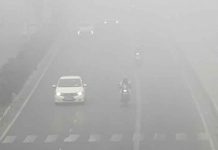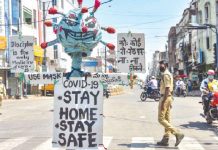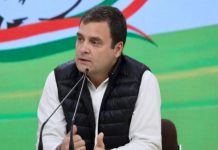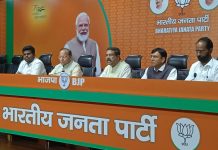
Battlelines drawn in five states
The outcome of the upcoming polls, especially in UP, may indicate which way the wind will blow in 2024 Lok Sabha polls, writes Amit Agnihotri
The coming round of assembly elections in five states are being watched with great interest across the country as the outcome, especially in Uttar Pradesh, will indicate which party will have an advantage in the 2024 Lok Sabha polls.
Though assembly elections in Uttarakhand, Punjab, Goa and Manipur are also important, all eyes are on UP, which sends the largest number of 80 out of total 543 MPs to the Lok Sabha.
This means the party that wins UP in 2022, will have a better chance of ruling the Centre in 2024. The Bharatiya Janata Party’s 71 Lok Sabha seats in UP in 2014 contributed majorly to the party coming to power in New Delhi.
The saffron party then went on to win 312 of total 403 assembly seats in UP in 2017 and two years later won 62/80 Lok Sabha seats in the state in the 2019 national elections.
Keeping the 2024 Lok Sabha polls in mind, the BJP is trying hard to retain power in UP in the next year’s assembly elections while the opposition parties including Samajwadi Party, Bahujan Samaj Party, Congress, Rashtriya Lok Dal and a host of other smaller parties, are striving to defeat the saffron party.
In neighbouring Uttarakhand, it has been a traditional Congress vs BJP fight but this time the Aam Aadmi Party is also trying to make inroads.
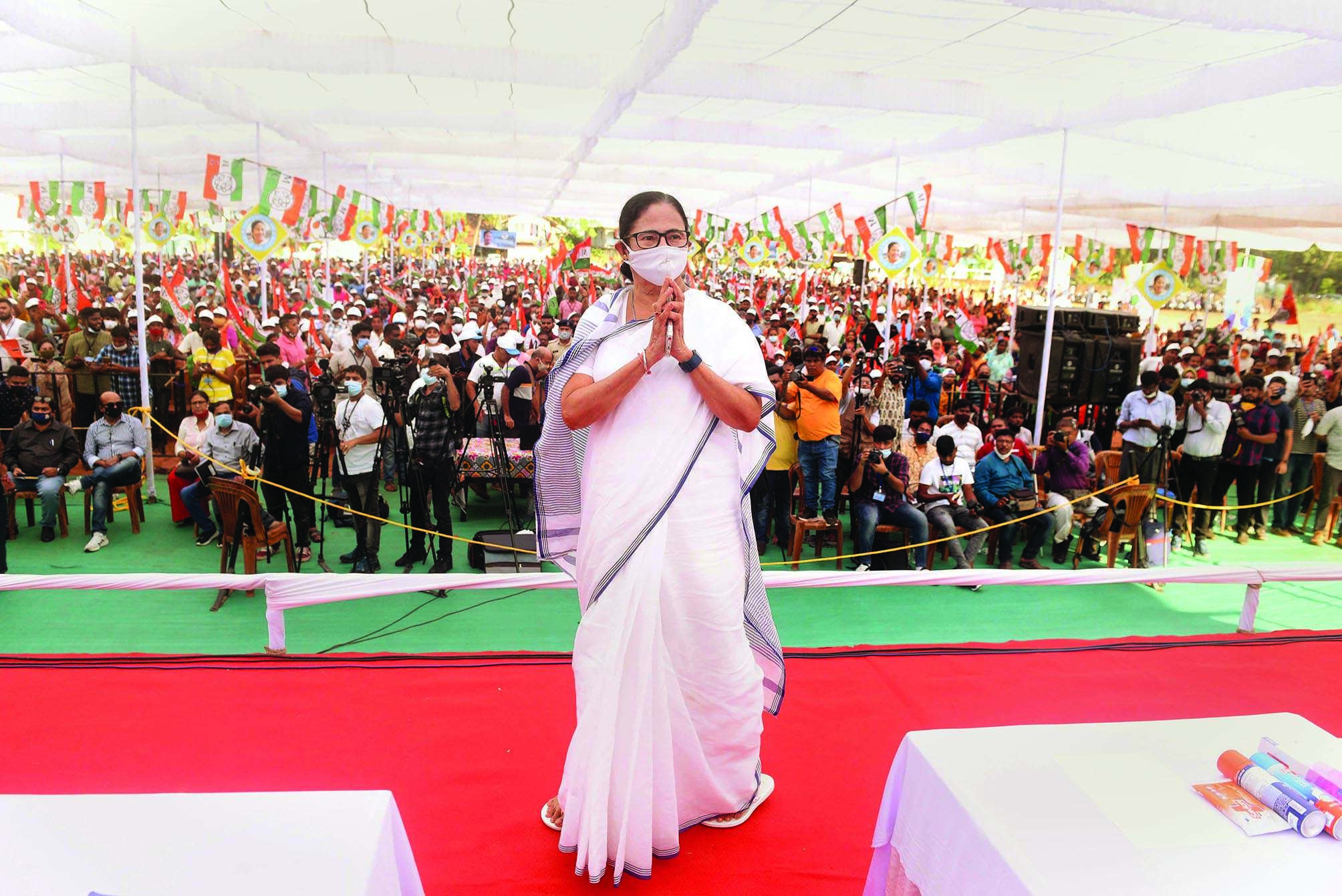

In coastal state Goa too, the traditional Congress vs BJP contest has become multi-cornered with the entry of Trinamool Congress and AAP.
Like Goa, Punjab too will witness a four-cornered fight between the ruling Congress, Shiromani Akali Dal-BSP combine, AAP and Amarinder Singh-BJP alliance.
In northeastern state Manipur, the fight is between the BJP-led ruling coalition and the Congress.
All the five states will go to polls early next year and the Election Commission is likely to announce the poll schedule in January. Given its size, UP is likely to have multi-phase elections while the other states can have polling on a single date.
SP to lock set to take on BJP in UP
Among the opposition camp, the SP led by former chief minister Akhilesh Yadav is the most resourceful party to counter the ruling BJP. To boost its prospects in the western UP, the SP has tied up with the RLD even as Akhilesh Yadav recently patched up with his estranged uncle Shivpal Singh Yadav, who had floated his own party, Pragatisheel Samajwadi Party (Lohia).
Akhilesh Yadav became SP president in January 2017 and Shivpal Yadav formed his own party in 2018. During the panchayat polls held a few months ago, the SP and the PSPL had come together in Etawah, where they won 18 out of 24 wards. The BJP got just one seat there.
The reunion of SP and PSPL for the assembly polls could help check any erosion in their support base among the OBC Yadav community, which is around 9 percent of the state’s population. Targeting the OBC votes, the SP has also entered into an alliance with Om Prakash Rajbhar’s Suheldev Bhartiya Samaj Party.
Akhilesh Yadav, whose rallies are attracting huge crowds, claims the BJP will lose UP. He accused the state government of tapping the phones of party leaders and slammed the Centre over income tax raids on his aides, Rajiv Rai, Manoj Yadav and Jainendra Yadav.
The Congress campaign has been led by party leader Priyanka Gandhi Vadra, who is focusing on women voters. Recently, both Rahul Gandhi and Priyanka visited the former Gandhi family bastion Amethi while Akhilesh campaigned in neighbouring Rae Bareli.
Former chief minister Mayawati’s BSP is banking on a combination of Dalit and Brahmin votes and has been carrying out its targeted campaign without much publicity.
Further, AAP has also jumped into the UP fray but the Delhi based party is not a significant player in the state. AIMIM chief Asaduddin Owaisi, who plans to contest 100 seats and is focusing on 18 percent Muslim votes, has joined hands with the Bhagidhari Sankalp Morcha that includes OP Rajbhar’s SBSP.
The opposition hopes to counter the saffron party over issues like law and order situation, crimes against women, unemployment, education and health care facilities, especially the poor handling of the second wave of the Covid-19 which caused a large number of deaths.
UP has become a battle of prestige for both PM Modi, who is a Lok Sabha MP from Varanasi, and chief minister Yogi Adityanath, who has emerged as a saffron party icon.
The importance of UP for the BJP can be gauged from the fact that PM Modi has made several visits to the state of late to inaugurate various development projects where he attacked the opposition.
Many poll observers see the UP elections as a semi-final for the 2024 Lok Sabha fight for the BJP which had lost to TMC in West Bengal but won a second term in Assam earlier this year. The BJP was not expected to do well in the southern states anyway.
To boost its prospects, the saffron party highlight the issue of temples in Ayodhya, Varanasi and Mathura to please its supporters. It is also taking out Jan Vishwas Yatras which will be flagged off by senior leaders and union ministers from Bijnor, Mathura, Jhansi, Ghazipur, Ambedkar Nagar and Ballia to connect with the voters.
The BJP had recently inducted former Congress leader Jitin Prasada and made him a minister to influence the crucial Brahmin votes in the state. There had been a feeling that the Brahmin community was unhappy with the chief minister.
The course correction was done as the 13 percent Brahmin voters had supported the BJP in a big way in the previous assembly polls. The BJP is also trying to forge a pact with Nishad Party, which claims influence over votes belonging to fishermen and boatmen community spread across 150 seats.
In 2017, the BJP won 312 seats in the 403 member Uttar Pradesh Assembly while SP got 47 seats, BSP won 19 and Congress could manage to win only seven seats. The Congress and SP had contested the polls jointly but the alliance did not click.
Punjab to see a four-cornered contest
Until August, there were three major blocks fighting it out in the northern state, the Congress, the AAP and the SAD-BSP combine but the entry of former chief minister Amarinder Singh’s Punjab Lok Congress-BJP alliance has made it a four-cornered contest.
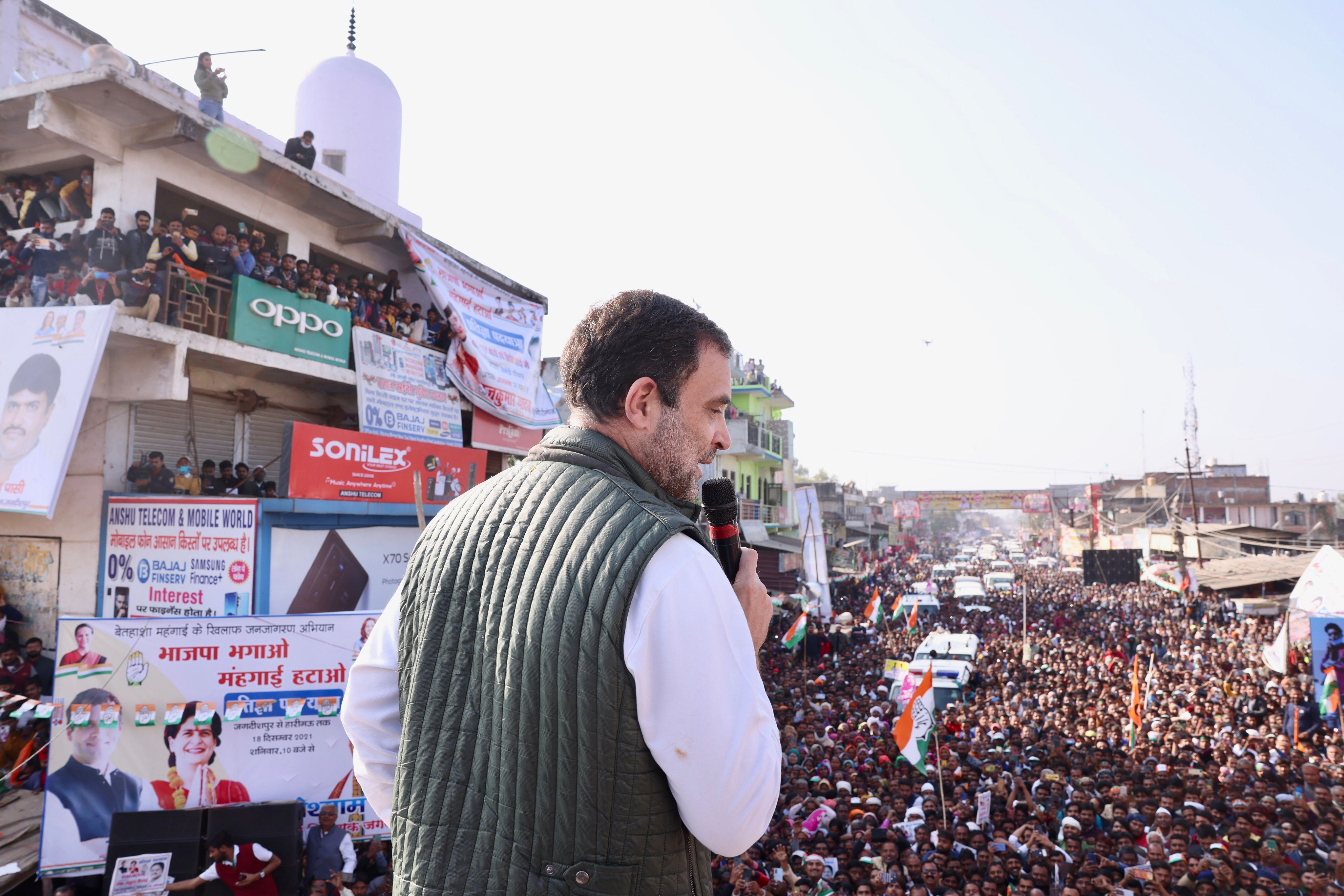
The PLC-BJP alliance was forged after the Centre recently withdrew the three controversial farm laws, which had forced the farmers to launch a year-long movement against the same.
The PLC was born after a bitter power-tussle in the Congress which saw the former chief minister being forced to quit the top post in September.
The Punjab unit of BJP had been reduced to a marginal player after the SAD dropped its old ally but now the saffron party senses an opportunity to be back in the game, courtesy its new friend PLC.
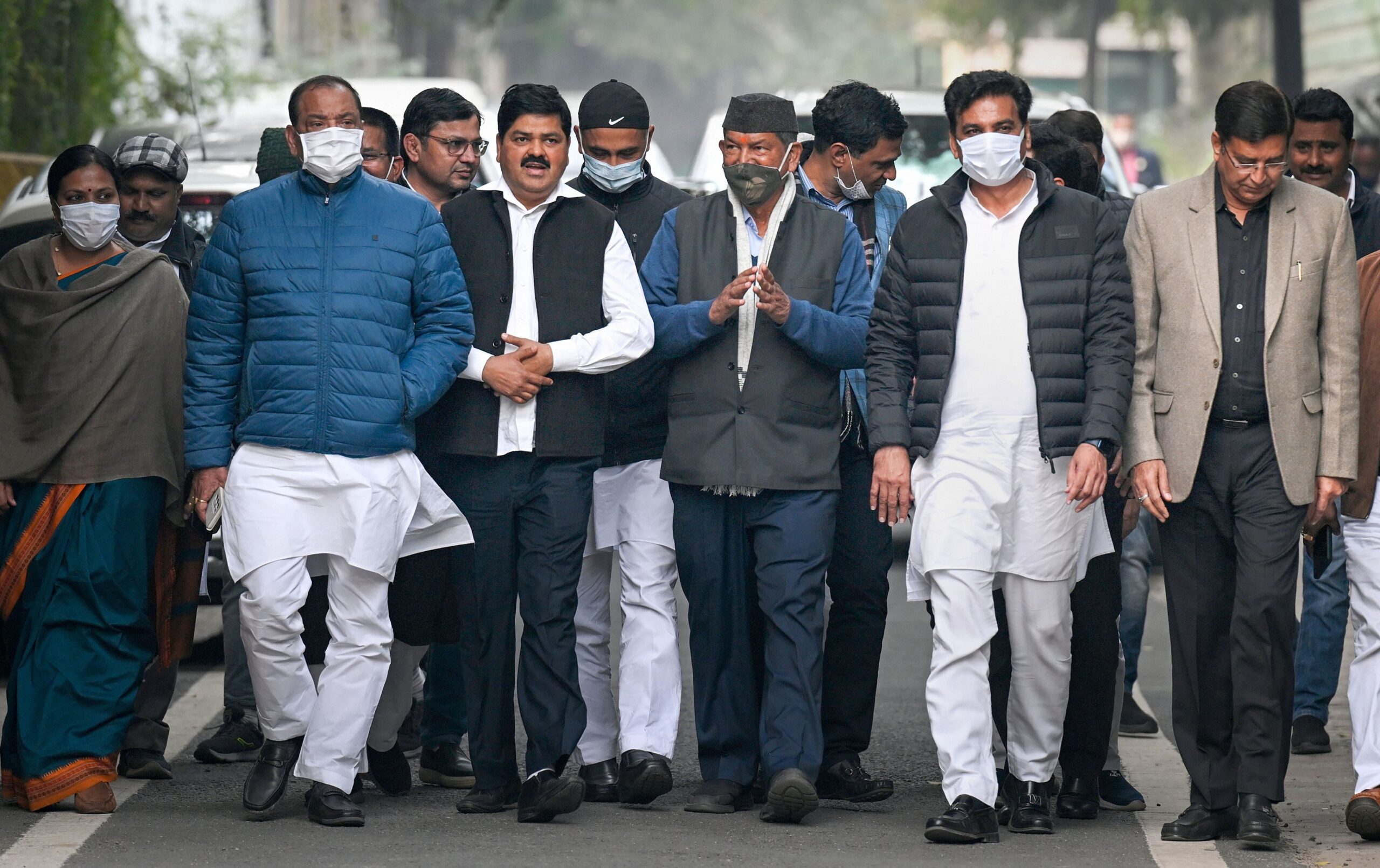
The SAD, which parted way with the BJP last year over the three farm laws, had joined hands with the BSP to benefit from the 31 percent Dalit votes in the state. The SAD-BSP combine is banking on the anti-incumbency factor of Congress government.
Earlier, the BSP had contested alone on all seats but could not win even one. Chief minister Charanjit Singh Channi, a Dalit Sikh, was brought in by the Congress to counter the BSP’s influence.
On its part, the ruling party is trying its best to put up a united face given the divergence in the views of chief minister Channi and state unit chief Navjot Singh Sidhu, whose promotion had miffed Amarinder.
In 2017, the Congress had swept the state by winning 77 out of the total 117 assembly seats but faces an uphill task to retain power.
The AAP which contested the state polls for the first time had won 20 seats and became the main opposition, pushing the SAD-BJP combine which had ruled the state from 2007-2017.
The Akalis could win only 15 seats and the BJP was limited to just 3.
AAP convener and Delhi chief minister Arvind Kejriwal is trying to take mileage in Punjab having sensed a disquiet in the Congress camp. But AAP has its own set of problems in the state, the foremost being the lack of a credible face.
AAP also faced rebellion. Former Leader of the Opposition in the Punjab Assembly Sukhpal Singh Khaira, along with two other party MLAs Jagdev Singh Kamala and Pirmal Singh Dhaula, have joined the Congress.
SAD has roots in rural Punjab while the BJP has voters in some urban centers. Post its separation with the SAD, the BJP had declared plan to contest all the 117 assembly seats alone. Traditionally, the BJP used to get 23 assembly seats and the SAD contested 94.
One of the allegations levelled by Sidhu against Amarinder was inaction in the 2015 sacrilege case in which the SAD had suffered damage over controversies related to desecration of the Sikh holy book, the Guru Granth Sahib, which dented the credibility of party’s patrons – the Badal family.
Unfortunately, two killings related to fresh sacrilege cases rocked the state in December.
Mayawati-led BSP is struggling in Uttar Pradesh and the prospects in Punjab do not appear to be bright either. The BSP had won 4.2 percent votes in 2012 which further came down to 1.5 percent in 2017.
Further, the party’s ability to swing votes in favour of the Akalis has been doubted by several pollsters.
Congress counts on Uttrakhand

The BJP is trying hard to retain power in the hill state while the Congress is hoping to stage a comeback.
The biggest face of Congress is former chief minister Harish Rawat, who heads the party’s poll campaign but recently expressed his displeasure over lack of support from the organization.
Rahul Gandhi had restructured the state unit in July when Ganesh Godiyal became the new state unit chief and former state unit chief Pritam Singh was named party leader in the Assembly. Earlier, the Congress had lost senior leader Indira Hridayesh to Covid.
Former AICC secretary Prakash Joshi was made the head of election management committee while Jeet Ram, Bhuwan Kapri, Tilak Raj Behar and Ranjeet Rawat were appointed as Working Presidents.
During the last year’s AICC reshuffle, the Congress had given the charge of the hill state to Devendra Yadav who has been preparing the new team for the next year’s battle.
Considering that BJP in a disarray, with three chief ministers in past five years, Rahul senses an opportunity to regain Uttarakhand next year.
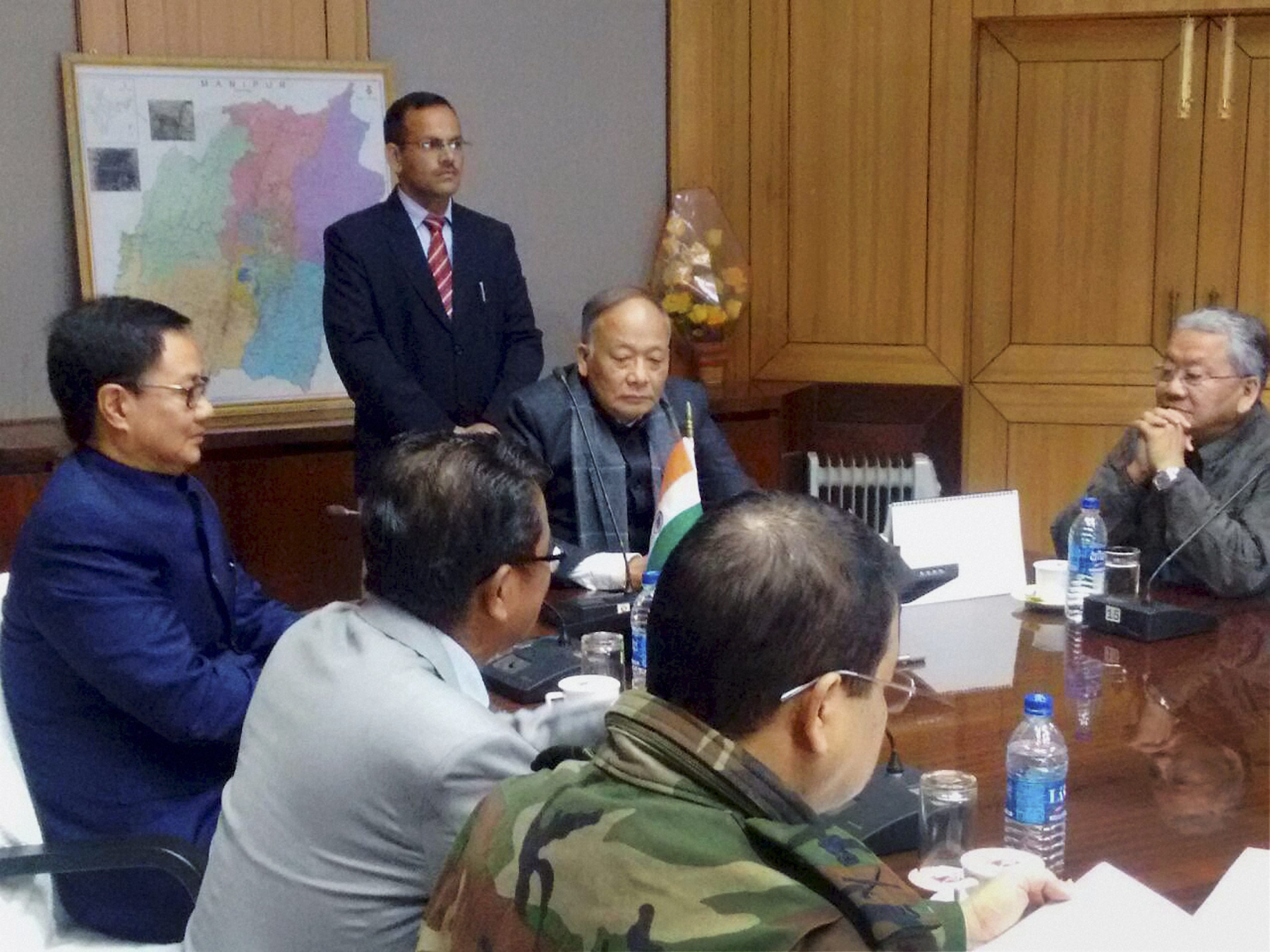
The Congress and the BJP recently sparred over the cut out of late Chief of Defence Staff General Bipin Singh Rawat at an opposition party rally in Dehradun.
The rally was organised to influence the large number of ex-servicemen in the state on December 16 which marked India’s 1971 victory over Pakistan.
After the Dehradun rally, the Congress held a three-day-long “Veer Gram Pranam Yatra” starting from the ancestral village of Gen Rawat.
For its part, the BJP also organised a ‘Shaheed Samman Yatra’, during which it collected soil from villages of 1,734 “martyrs”, before holding a ceremony for construction of a ‘Sainya Dham’ in Dehradun to “honour the spirit of pride in one’s nation.”
The BJP is highlighting that chief minister Puskhar Singh Dhami is much younger (46) in comparison to Harish Rawat (73).
However, the BJP is a divided house. A two-term MLA, Dhami took over in July after the BJP changed chief minister twice in a year – first bringing in Tirath Singh Rawat in place of Trivendra Singh Rawat in March and then Dhami.
A Thakur from Kumaon region, Dhami evens out the caste balance, with BJP state chief Madan Kaushik a Garhwal Brahmin. Dhami is only the second Thakur chief minister of the BJP from Kumaon region.
The state government tried to placate priests unhappy over Kedarnath, Badrinath, Gangotri and Yamnotri dhams being brought under the Devasthanam Board Act, by withdrawing the move.
In between, AAP is also trying to woo the voters and has picked mountaineer and former Army officer Colonel Ajay Kothiyal as its chief ministerial candidate. Apart from Kothiyal’s appeal, AAP is banking on its promises of electricity, jobs, free pilgrimage.
Interestingly, both BJP and Congress discount the AAP.
In 2017, the BJP had won 56 of total 70 assembly to wrest power from the Congress, which managed to win only 11.
Rush among parties to claim Goa
There seems to be a rush among the political parties to claim Goa.
Besides Congress and BJP, NCP and Shiv Sena along with a host of smaller regional parties including the Maharashtrawadi Gomantak Party and the Goa Forward Party, West Bengal-based Trinamool Congress and Delhi-based Aam Aadmi Party are fighting in the state.
AAP could not win a single seat in 2017 and has been trying hard to gain ground after it won a local body poll the same year.
TMC’s historical win against the BJP’s juggernaut in the West Bengal elections, held in April, was behind Chief Minister Mamata Banerjee’s decision to fight Goa polls.
The TMC supremo believes a win in Goa can be an endorsement of her national aspirations and will further support her claims of being the only potent force among the opposition parties that can defeat the BJP in the 2024 national elections.
TMC was forced to start by inducting former Congress chief minister Luizinho Faleiro in September.
The AAP, which stopped the BJP in the tracks in the 2015 and 2020 Delhi assembly polls, claims it is a better option.
Both the TMC and the AAP sense an opportunity to corner the space that has been occupied by the Congress for the past years.
In the 2017 polls, the Congress had emerged as the single-largest party wining 17/40 seats but lost the power game to the BJP, which had won 13 seats but quickly enlisted support of the smaller parties and formed a government.
The Congress accused the BJP of “stealing” the mandate but later suffered a jolt when 10 of its lawmakers joined the saffron party.
Gradually the party was reduced to just four MLAs but did not give up.
The Congress has blamed both the TMC and the AAP of deliberately joining the Goa contest to divide the anti-BJP votes, which will impact the larger opposition unity plan as well as indirectly help the ruling party in the state.
Both TMC and AAP have denied the charge while Mamata Banerjee even alleged that the Congress was not serious about defeating PM Modi and that the country was suffering as the grand old party was not taking decisions.
Interestingly, both the Congress and the BJP have played down the presence of the TMC and AAP and claim that they are the main contestants for the 2022 polls.
The Congress had an alliance with Vijay Sardesai’s Goa Forward Party (3 MLAs) in 2017 but the regional party later sided with the BJP. The GFP parted ways with the BJP some time ago and was negotiating with the Congress. Recently it finalized an alliance with the Congress.
TMC, which has managed to induct workers from the MGP and Shiv Sena, has an alliance with MGP.
Former union minister and former chief minister Manohar Parrikar used to be a popular face of the saffron party but he is no more.
Former Goa Governor Satyapal Malik, who was in office from October 2019 to August 2020, had alleged widespread corruption in the BJP government headed by Pramod Sawant.
Revival of mining, which has been banned for over a decade, is also a poll issue and had led to the formation of groups like the Goa State Navnirman Aghadi, which had vowed to take on the BJP.
Reduced fishing is another issue that affects livelihoods of the people.
It’s BJP s Cong inManipur
The main fight is between the BJP-led coalition and the Congress.
Meghalaya Chief Minister Conrad Sangma, whose National People’s Party is a member of the Manipur government, also plans to contest alone for around 40 to 45 seats in the 60-member Assembly.
In the 2017 assembly polls, the NPP had won four seats and had supported the BJP with 21 seats to form a coalition government headed by chief minister N Biren Singh.
This time the NPP wants to be a king maker so it can go with either BJP or Congress. Naga Peoples’ Front (NPF), which has four legislators and is part of the ruling alliance, is also planning to field over a dozen candidates in the coming elections.
In the 2017 elections, Congress emerged as the single largest party by winning 28 seats. But the BJP formed the government with the support of parties such as NPP, NPF, and Lok Janshakti Party.
Over the past five years, 13 Congress MLAs deserted the party to join the BJP. Veteran Okram Ibobi Singh (73) continues to be the party’s face in Manipur. On his part, Congress state unit chief N Loken has called the BJP-led alliance an “advertisement” government.
The Congress’s strength has since been reduced to 17 legislators while the BJP’s has gone up to 25.
Omicron concern
In the previous round of assembly polls in Assam, West Bengal, Kerala, Tamil Nadu and Puducherry in April, the courts had questioned the decision of the Election Commission to allow rallies by political parties while the devastating second wave of Coronavirus was spreading across the country.
Ahead of the polls in five states next year, the emergence of Omicron version of Coronavirus has already raised concerns among the people if such rallies would be regulated by the poll panel.








